Flossing
Flossing is an essential step in your dental hygiene routine and helps to clean spaces between your teeth that are too difficult to reach with a toothbrush. Not only does flossing remove residual food, bacteria and plaque—but it sets up your oral health for success.
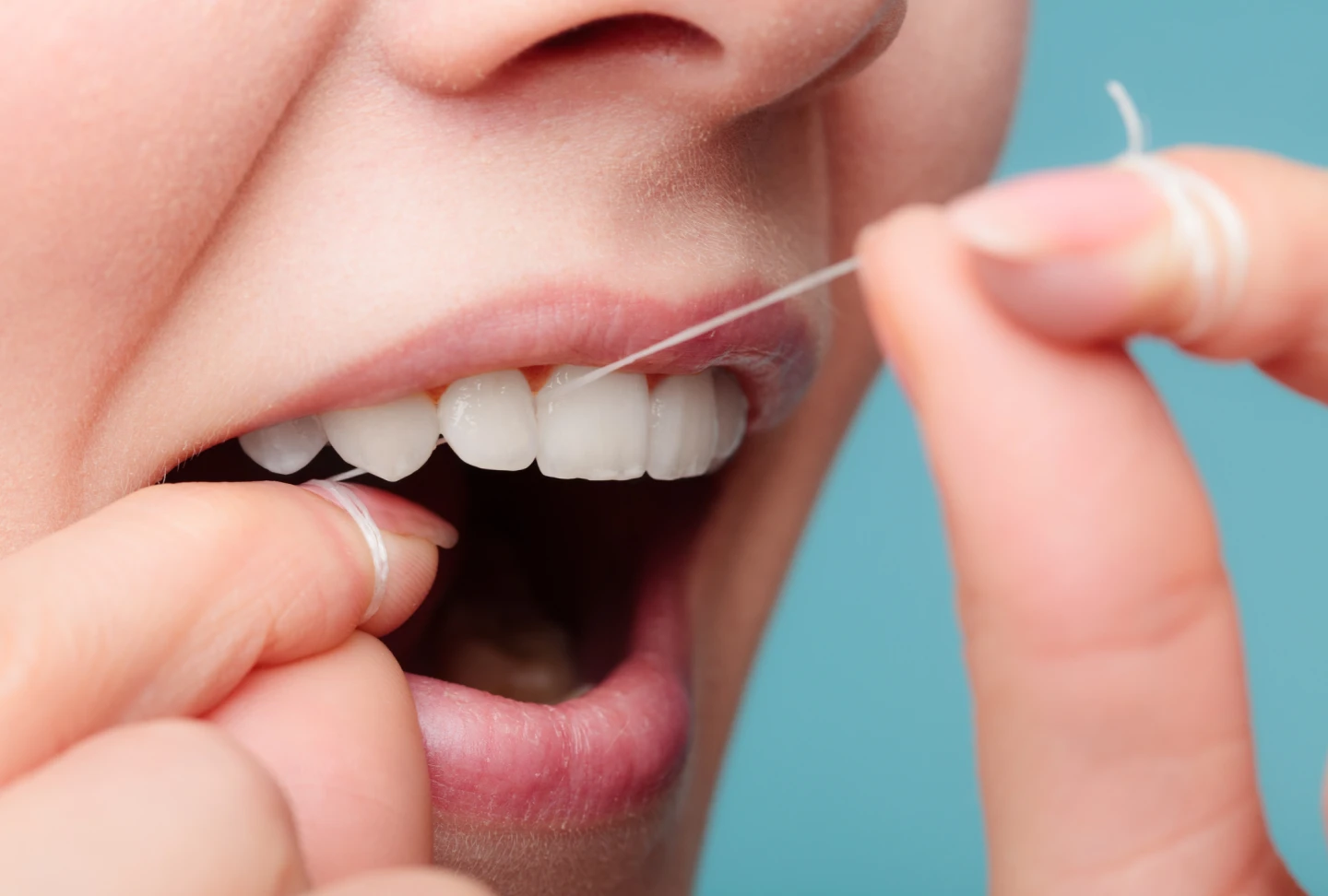
Importance of flossing for oral hygiene
In addition to brushing your teeth every day, flossing plays a pivotal role in maintaining optimal oral health. While brushing scrubs the surfaces of your teeth, it may not reach the gaps in between them. This leaves these areas susceptible to plaque growth. By flossing, you’re effectively removing bacteria from between these tight spaces in between your teeth, as well as caring for your gumline.
Benefits of flossing
Regular flossing prevents dental issues from occurring down the road. Let's explore some more benefits of flossing below:
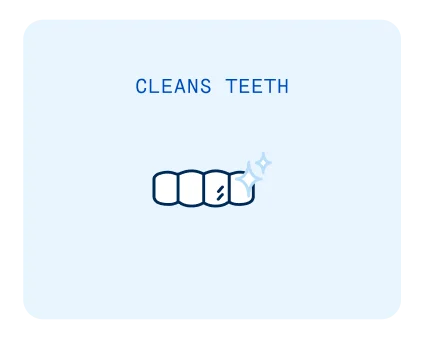
Removal of plaque
Flossing effectively eliminates food particles and bacteria, preventing them from accumulating and turning into plaque
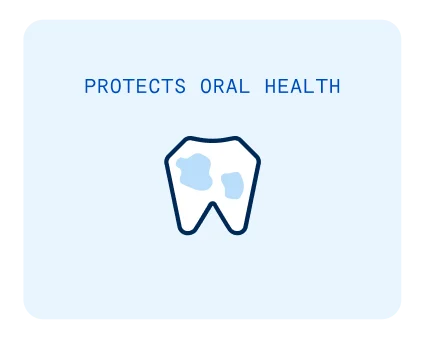
Prevention of tooth decay
Reduces the risk of cavities by eliminating plaque buildup. Flossing can clean hard-to-reach areas that brushing alone can’t reach
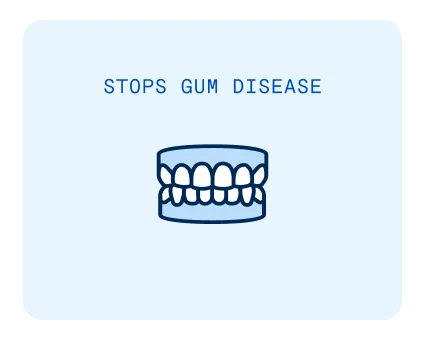
Halts gum disease
Promotes gum health by preventing inflammation and strengthening the gum tissue. This also helps to support the gums in preventing the risk of gingivitis, which, if left untreated, can progress to severe gum disease (periodontal disease).
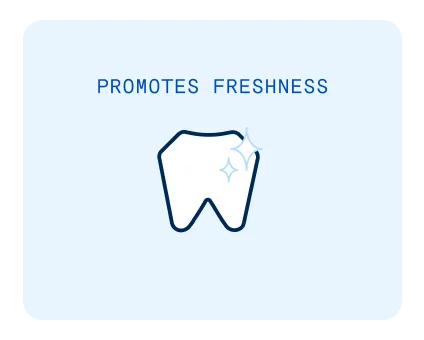
Encourages fresh breath
Eliminates the bacteria that causes bad breath to help you stay feeling fresh
Types of dental floss
There are plenty of options when it comes to types of dental floss, each with their own characteristics. When choosing dental floss, you can consider things like your personal comfort, spacing between your teeth as well as any dental requirements you may have. Here are some common types of dental floss:
Thread floss
Waxed and unwaxed floss
Tape floss
Super floss
Floss picks
Dental brushes (interdental brushes)
Water flosser
How to floss properly: Flossing techniques
Mastering proper flossing technique will give you optimal results. Here's a step-by-step guide on how to floss properly:Choose the right floss
Select a dental floss that you’re comfortable with—whether waxed, unwaxed or floss picks for convenience
Get an adequate length
Cut an 18 to 24-inch piece of floss, wrapping the ends around your fingers, leaving a few inches for maneuvering
Establish a firm grip
Hold the floss between your thumbs and forefingers, creating a taut section to guide between teeth
Curve around the tooth
Form a C-shape around each tooth with the floss, ensuring it reaches below the gumline. Glide the floss along the side of each tooth, moving in an up-and-down motion
Use a fresh section for each tooth
As you continue to floss, unwind a clean section of floss for each tooth to prevent transferring bacteria between teeth
Reach the back teeth
Pay special attention to the back teeth where plaque can accumulate. Utilize a gentle sawing motion to navigate the floss into these spaces
Avoid gum injury
Be gentle on your teeth and gums, avoiding forceful or aggressive movements
Rinse and dispose
After flossing, rinse your mouth with water to remove dislodged particles. Dispose of the used floss in a trash bin
Make it a daily habit
Floss at least once daily, ideally before brushing your teeth, to maintain your best oral hygiene
When to floss
It's best to floss daily before you brush your teeth. That way, you can dislodge and remove bacteria that’s hiding between teeth. By flossing first, it also allows you to clean spaces that are hard to reach with your tooth brush, like behind your molars.
After flossing, your brushing will be much more effective at cleaning your teeth and gums. Hello, fresh breath!
Flossing FAQs
How to floss?
Ensure optimal oral hygiene by incorporating daily flossing into your routine. Choose a high-quality dental floss, like waxed or unwaxed, and follow proper techniques to effectively remove plaque.
Should you floss before or after brushing?
For optimal oral hygiene, we recommend flossing before brushing your teeth. By flossing first, you remove plaque and debris, making your brushing process more effective at cleaning your teeth and gums.
How often should you floss?
We encourage you to floss once a day, preferably before brushing your teeth. Consistent daily flossing helps remove plaque, prevent gum disease, and maintain your healthy smile.
How to floss with braces?
For effective flossing with braces, use a floss threader or orthodontic floss to navigate between wires and brackets. Gently slide the floss between each tooth and the arch wire, ensuring a thorough clean.
How to floss properly?
To floss properly, start with an 18-inch strand of dental floss and gently slide it between teeth. Next, form a 'C' shape around each tooth and clean both sides. Make flossing a daily habit to remove plaque and debris, promoting optimal oral health and a brighter smile.
Why do my gums bleed when flossing?
Your gums may bleed during flossing due to gingivitis, an inflammation caused by plaque buildup. Consistent flossing, along with regular dental check-ups, can help alleviate bleeding gums by promoting gum health and preventing gum disease.
Discover more for your smile
Flossing: Your key to dental prevention
Elevate your oral care with a regular flossing and brushing routine, and by keeping up on your dental visits. Schedule an appointment with your Aspen Dental dentist today.
